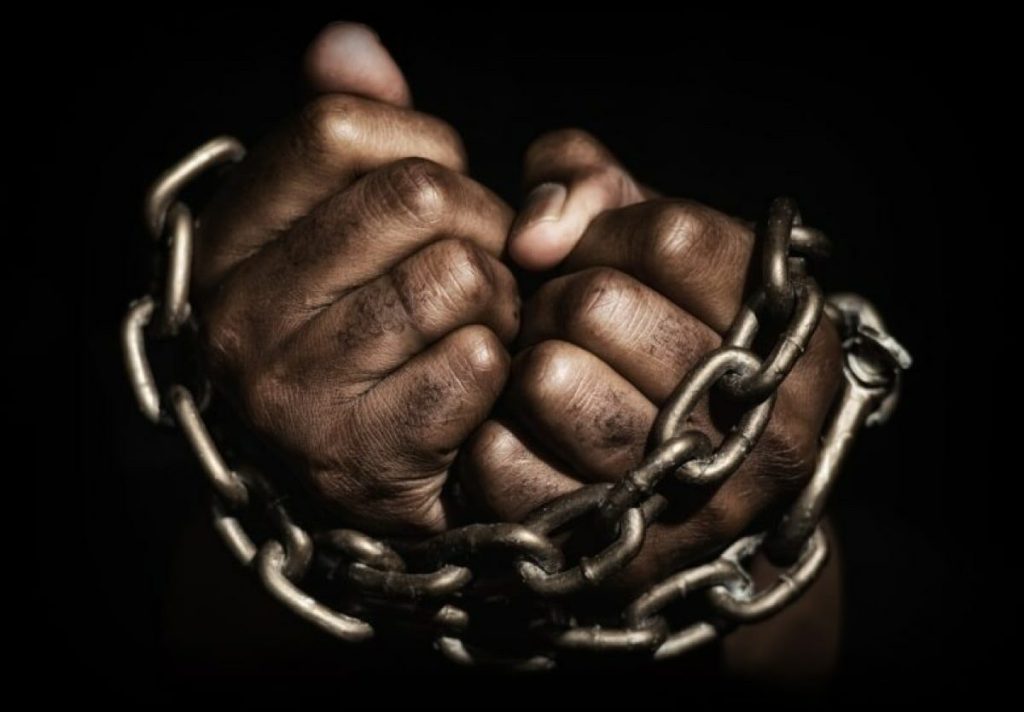In the tapestry of human history, few threads are as dark and as enduring as the transatlantic slave trade. This grim chapter, spanning from the 16th to the 19th century, not only reshaped the global economy but also left indelible scars on the collective human conscience. With an estimated 12.5 million Africans forcibly uprooted from their homes and thrust into a life of unimaginable hardship across the Atlantic, the scale of suffering is hard to grasp. Yet, amidst this darkness, there emerged stories of resilience, courage, and an unbreakable spirit for freedom that continue to inspire today. Recognizing the profound impact of this historical atrocity, the United Nations General Assembly took a monumental step in 2007 by establishing March 25 as the International Day of Remembrance of the Victims of Slavery and the Transatlantic Slave Trade. This day serves not only as a solemn reminder of the past atrocities but also as a clarion call for ongoing vigilance against modern forms of slavery and discrimination. How do we honor the memory of those who suffered while ensuring such horrors never repeat?
Key Takeaway
Timeline
Day Activities
-
Educational Workshops: On this solemn day, schools and communities come together to host workshops aimed at enlightening attendees about the harrowing history and enduring effects of the transatlantic slave trade. Through interactive sessions, folks of all ages gain a deeper understanding of this dark chapter in human history, fostering a sense of empathy and a drive for social justice.
-
Cultural Exhibitions: Museums and cultural centers throw open their doors, inviting the public to explore exhibitions that showcase the rich heritage and resilience of the African diaspora. From art installations to historical artifacts, these displays paint a vivid picture of how enslaved individuals and their descendants shaped societies on both sides of the Atlantic.
-
Vigils and Reflections: As dusk falls, communities gather in solemn vigils, lighting candles in memory of those who suffered under the yoke of slavery. These moments of reflection serve as a bridge between past and present, reminding everyone of the collective responsibility to ensure such atrocities never happen again.
Interesting Facts
1. Establishment Year
The UN General Assembly established this day in 2007 to honor slavery's victims.
2. Duration of the Transatlantic Slave Trade
Spanning from the 16th to the 19th century, 12.5 million Africans were forcibly transported.
3. Purpose of Remembrance
It's a day for reflection on slavery's legacy and its ongoing societal impact.
4. Activities and Commemoration
Commemorated with educational programs, cultural events, and awareness campaigns.
5. Call to Action
Promotes education, dialogue, reconciliation, and the fight against all slavery forms.
Why We Love This Day
-
Honoring the victims: This day serves as a solemn reminder of the horrors faced by millions during the transatlantic slave trade. It's crucial we remember, not just to honor those who suffered but to ensure history does not repeat itself. Through remembrance, we acknowledge the strength and resilience of the victims and survivors, keeping their stories alive for future generations.
-
Educational significance: March 25 shines a light on the importance of education about the transatlantic slave trade and its impact on the world. Schools and communities use this day to engage in meaningful dialogue, helping to dismantle the lingering effects of slavery on societal structures. By learning about this dark chapter of human history, we're better equipped to fight against racism and promote equality.
-
Promoting reconciliation and healing: Observing this day is a step towards healing and reconciliation. It encourages us to reflect on the legacy of slavery and its ongoing impact, fostering a global commitment to eradicate modern forms of slavery and discrimination. Through various events and activities, we're reminded of our shared humanity and the importance of working together to build a more inclusive and equitable world.
Past & Future Dates
| Month | Day | Year |
|---|---|---|
| MARCH | 25 | 2022 |
| MARCH | 25 | 2023 |
| MARCH | 25 | 2024 |
| MARCH | 25 | 2025 |
| MARCH | 25 | 2026 |
| MARCH | 25 | 2027 |
| MARCH | 25 | 2028 |
FAQ
What is the International Day of Remembrance on March 25?
The International Day of Remembrance of the Victims of Slavery and the Transatlantic Slave Trade honors those millions trafficked and enslaved from Africa. They suffered unspeakable horrors, from rape to lynching, living lives steeped in terror.
What is the theme of the International Day of Remembrance of the Victims of Slavery in 2024?
"Creating Global Freedom: Countering Racism with Justice in Societies and Among Nations" is the theme set for the International Day of Remembrance of the Victims of Slavery in 2024.
What is the theme of the International Day of slavery?
For the International Day For Abolition of Slavery in 2023, the theme is 'Fighting Slavery's Legacy of Racism through Transformative Education,' focusing on the enduring impacts of racism stemming from the transatlantic slave trade's legacy.
How many slaves are there in 2024?
Even with global efforts to combat this issue, modern slavery persists in 167 countries, affecting an estimated 46 million people. This figure includes those in forced labor, sexual exploitation, forced marriages, state-imposed labor, and human trafficking, reflecting modern slavery's broad definitions.
